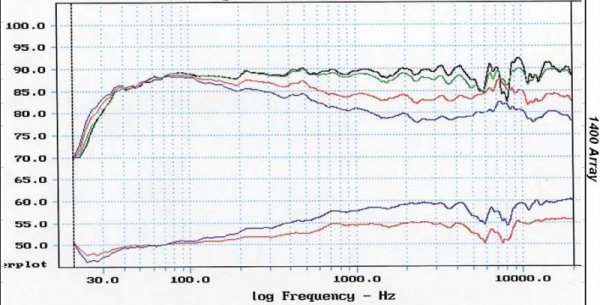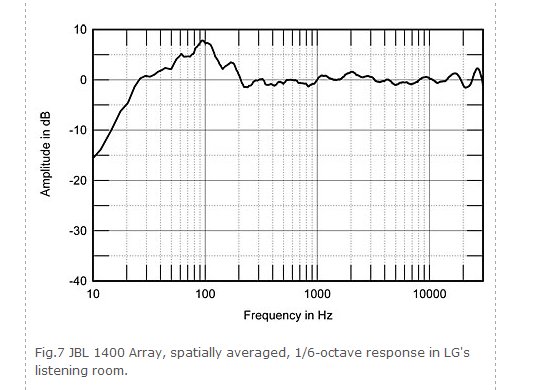I think we are missing an important point – the difference between consumer and pro targets. Pros use the speakers to produce recordings that should be played by consumers. They need to have very rigid standards to produce something that will have a deterministic frequency response balance, independent of the studio or equipment used conditions . F. Toole and many others, at Harman, did a fantastic work studying a way to achieve a good standardization using measurements.
However, consumers are not bond to this accurate balance. Harman studies have shown that under their conditions of study, listeners prefer speakers designed according to the same rules they use in their pro speakers, and manufacture speakers optimized according these rules (and some other aspects they seem not to be so proud in public…) Fine, they created a typical balance, people who like them will buy and be very happy with their purchase. Many other excellent speakers were also influenced by their studies.
Other manufacturers have different approaches, as they are not targeting to the production of tools that should sound all similar. Their priorities are different and they target at different users. They do not have the resources or desire to disseminate and/or use their findings in marketing, either because they lack the formal conditions to be exposed to public scrutiny, or because they want to keep secret of it to protected their intellectual property. Most of them accept that they target at the recreation of the reality and/or listener pleasure, a subject you can also find in the Toole book..
Measurements can be useful for consumers because they can know how far they are from the standards. However, as they do not tell all the story, and most probably will be misinterpreted by consumers, who can not properly weight all of them, should be taken with care. Long time ago, a good friend of mine became distributor for a short time of the excellent Dynaudio kits in my country. We built two pairs of the same speaker, the Gemini, one using a box made in corian, an expensive mineral loaded synthetic material and the other using MDF. All braces and dimensions were exactly the same. They sounded so different, that everyone would swear they had very different frequency responses in the treble and bass frequencies. But simple measurements would not tell the difference.

















